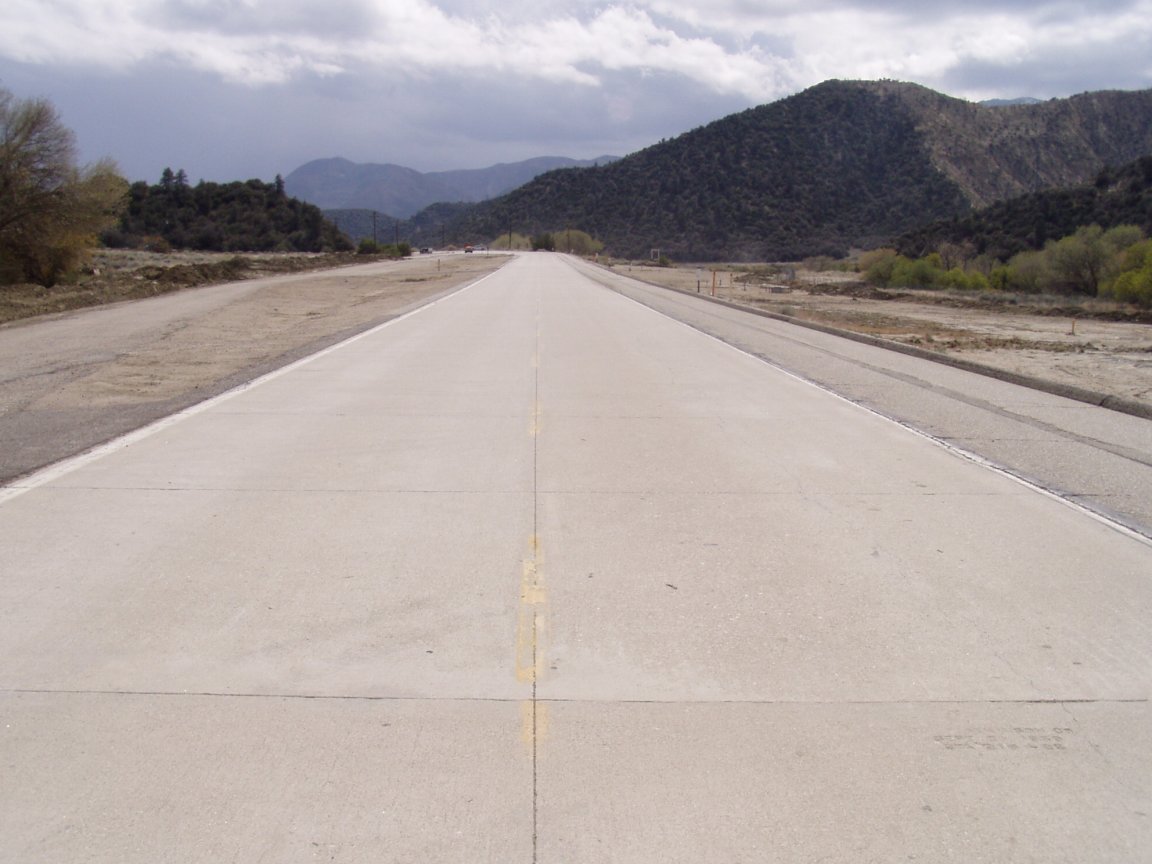
Upcycling
It’s hard to imagine a world without concrete—everything in the modern world is built with it, from roads to buildings to homes. Unfortunately, producing cement also happens to be one of the biggest contributors to greenhouse gas emissions.
As the world scrambles to provide solutions to this rising problem, a team of researchers from UCLA are working on a more creative solution. Their plan is to capture the carbon emitted from smokestacks at power plants and use that to create concrete using 3D printing technology.
“What this technology does is take something that we have viewed as a nuisance—carbon dioxide that’s emitted from smokestacks—and turn it into something valuable,” said J.R. DeShazo, professor of public policy at the UCLA Luskin School of Public Affairs.
This initiative isn’t the first time that scientists have attempted to capture carbon emissions from power plants. It has been done before, and successfully. The question was not whether it could be done, but what could they do with the captured carbon dioxide.
CO2NCRETE
“…we’re going to take that gas and, instead of storing it, which is the current approach, we’re going to try to use it to create a new kind of building material that will replace cement,” he adds.
Cement production results in carbon dioxide, similar to coal or any natural gas. But with carbon dioxide being used to make a new kind of cement, this will potentially see the reduction of greenhouse gas not only in the US but in places such as India or China, which produce the largest volume of greenhouse gas in the world.
The idea is to look at carbon dioxide as a resource that can be reused.
Currently, CO2NCRETE has only been produced in a lab, using 3D printers to shape it into tiny cones, but it stands as proof of concept that this is possible. The next steps will be to increase the volume of the material, test it under real world conditions, and figure out how to introduce it at a commercial scale.